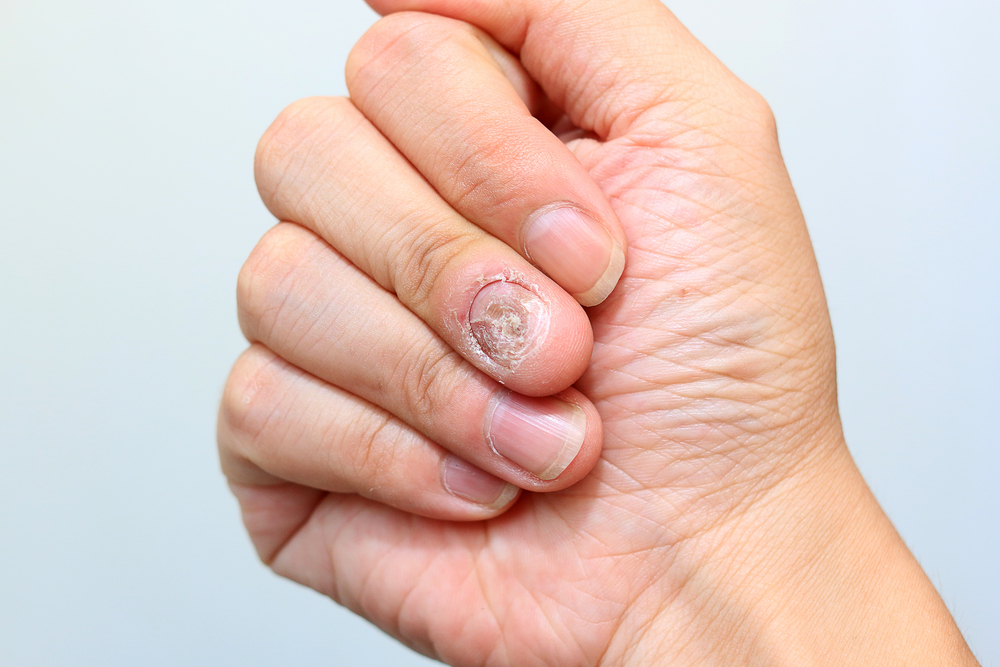Multiple Sclerosis Therapy Aubagio May Cause Nail Loss, Researchers Report

Aubagio (teriflunomide) may lead to reversible nail loss, researchers at Italy’s University of Bologna reported after reviewing the case of a 55-year-old woman with relapsing-remitting multiple sclerosis.
They described what happened to a patient who was referred to an MS clinic after experiencing acute optic neuritis — or inflammation of the optic nerve — three months earlier. Their report, “Nail loss after teriflunomide treatment: A new potential adverse event,” was published in the journal Multiple Sclerosis and Related Disorders.
Doctors had been treating the woman with intravenous methylprednisolone. Physicians had judged her slightly disabled, with an Expanded Disability Status Scale (EDSS) score of 3, but had not diagnosed her with MS.
When she was diagnosed a few months later, she began receiving interferon beta-1a. It did not work, so doctors switched her to Sanofi Genzyme’s Aubagio.
At first, she tolerated the treatment well, having only slight nausea after taking the medication. Physicians did not detect signs of liver toxicity or high blood pressure, which are relatively common side effects of Aubagio.
Roughly three months after starting the medication, however, the woman began having more trouble walking problems and had mild hair loss. Two and a half months later, she said her nails had started falling out in the past month.
When doctors examined her, she had lost two nails, while others appeared to have stopped growing. They were thinner than normal and some had detached from the nail bed. In addition, her hair loss continued.
She had not started using other drugs, new cosmetics, or changed her diet.
A dermatologist excluded the possibility that the condition was the result of fungus, psoriasis, or other conditions that could cause nails to fall off.
Because doctors suspected that Aubagio could be the cause of the nail loss, they recommended that she stopped taking it.
The patient switched to Biogen’s Tecfidera (dimethyl fumarate) after a couple of weeks, and her nails started to grow again. This supported doctors’ idea that Aubagio had caused the nail loss, and that it was reversible.
Nail growth is similar to that of hair, researchers said. The patient’s reaction could be an unusual version of the same process that makes people lose their hair when taking Aubagio, they said.
Since nail loss is not described as a side effect of Aubagio on the medication’s label, researchers urged MS specialists to consider the possibility if they see patients with the problem.






